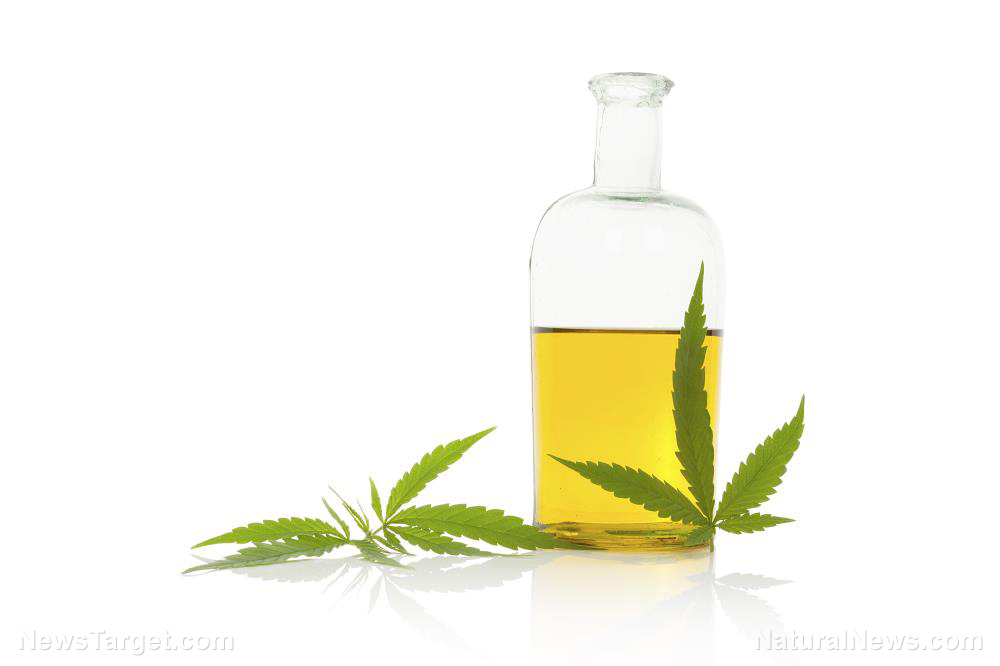Chemicals in regular sunscreen can accumulate in the blood over time, warn scientists
02/20/2020 / By Arsenio Toledo

Sun protection is important to keep the skin healthy, that’s why sunscreen is a common component of any everyday kit. But a study conducted by the US Food and Drug Administration (FDA) found that chemicals in sunscreen can be absorbed into people’s bloodstreams. The absorption happens so quickly that the FDA wants to continue testing whether sunscreens are safe for everyday use.
According to the FDA, this study is one of the first to determine precisely what levels of sunscreen chemicals can be found in people’s blood when the product is used as its manufacturers instruct. Not only that, but the FDA’s study also determined how long the chemicals remain within your system.
Chemical contamination levels are through the roof
The FDA’s study, which was published in the Journal of the American Medical Association (JAMA), tested the application of four commercially available sunscreens; two spray-ons, a lotion and a cream. The trial had 24 participants, who were divided into four groups of six and were instructed to apply one of the four sunscreens to around 75 percent of their body surface area four times a day for four days. The participants stayed in a laboratory for up to seven days without actually getting exposed to sunlight. During their stay, the researchers collected around 30 blood samples from each of them. The FDA’s study focused on the effects of four active ingredients in the sunscreens: avobenzone, oxybenzone, octocrylene and ecamsule.
The FDA found that after just one day of sunscreen application, almost all of the participants displayed staggeringly high levels of the chemicals in their blood. Higher than the FDA’s own recommendation that no more than 0.5 ng/mL (nanograms per milliliter) of chemicals should enter the bloodstream. Furthermore, the chemical content in the blood increased in the subsequent days as the participants reapplied the sunscreen, suggesting that the chemicals accumulate over time.
While the FDA is quick to mention that their trials don’t necessarily imply that the chemical concentrations are unsafe, it does meet their agency’s threshold for flagging the sunscreen products for extensive further testing to determine the extent of their toxicity.
Further studies confirm FDA findings
The FDA followed up on this study with a more expansive one that basically confirmed their findings. They responded to criticisms concerning their previous pilot study. Experts believed that the FDA’s sample size was too small, and the levels of application of the sunscreen were too excessive.
This new study, once again published in the journal JAMA, expanded the pool of participants from 24 to 48 and tested a broad assortment of active sunscreen ingredients. The researchers also investigated blood absorption levels following a single application of the sunscreen.
The results of this new study served to verify the results of the first one. Along with the four toxic ingredients they investigated, they found that three more ingredients were being absorbed into the bloodstream in concentrations greater than 0.5 ng/mL: homosalate, octisalate and octinoxate.
With the results of this new study, experts were quick to warn that sunscreen should still be used to combat the danger of overexposure to ultraviolet (UV) radiation. However, given that many commercially available sunscreen brands have very harmful chemicals in them that can be absorbed by the body, people should consider looking for natural alternatives. Time to ditch the store-bought sunscreens, especially since they’re harming more than just your body, and instead turn to natural sunscreens, ones made from ingredients found in nature.
Sources include:
Tagged Under: chemicals, Cosmetics, Personal care products, research, skin care, skin health, sun protection, sunblock, sunscreen, toxic ingredients, toxic products, toxins




















